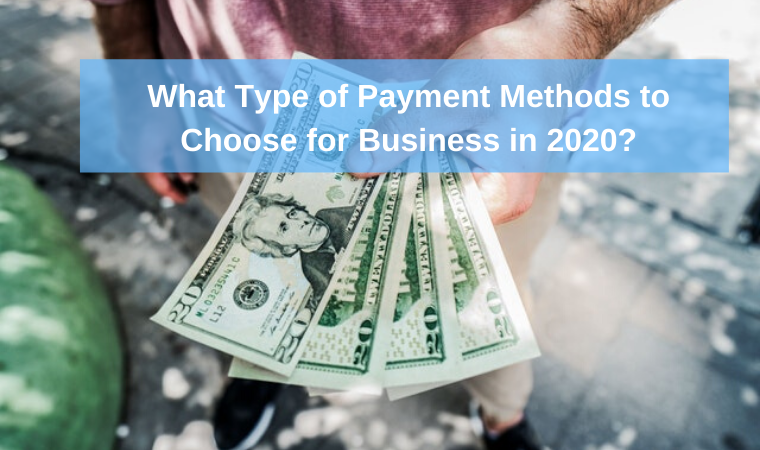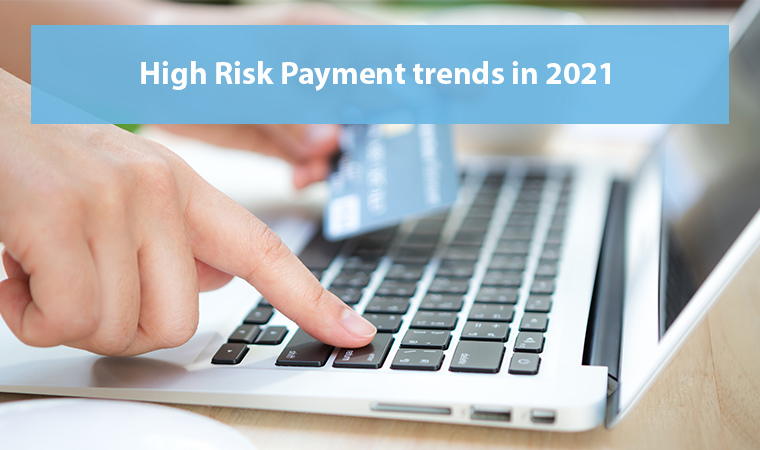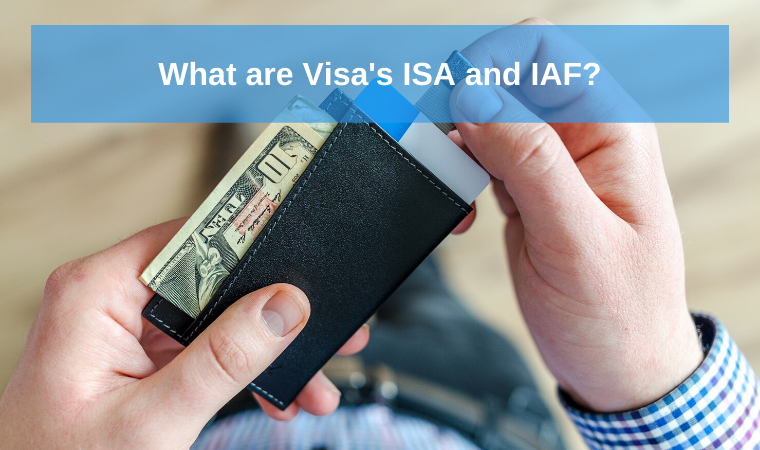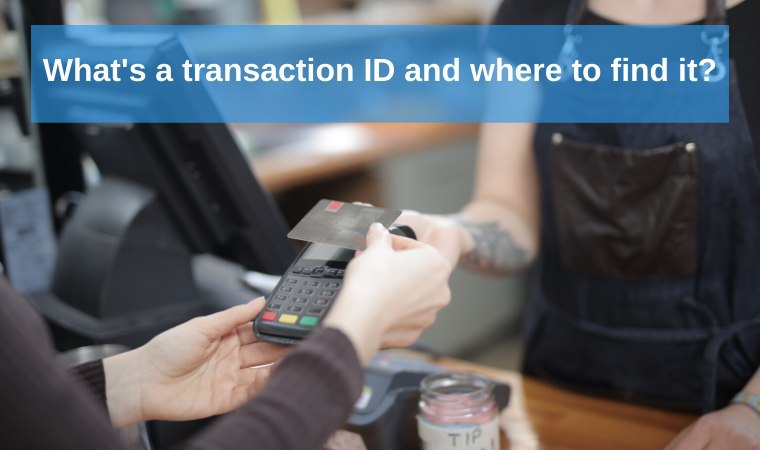What Type of Payment Methods to Choose for Business in 2020?

For the proper maintaining of any online business, there are certain recommendations. One of these recommendations is the choice of payment on the site. Incorrect or insufficient provision of payment methods makes it impossible to make money.
Yes, having one payment method is also acceptable, but providing enhanced payment options will be an advantage anyway.
In the deep digital ocean, there are many ways to pay via the Internet and a lot of opportunities to connect such a feature to the site. Each of these methods has its advantages and covers its percentage of the audience.
Today we have collected for you the most common payment methods in the field of digital payments.
Popular payment methods in 2020
Mobile payments
Mobile payment is a payment made by a customer using a mobile portable device for receiving and transmitting information, for example, a mobile phone or a personal digital assistant.
Based on the recent research, the emergence of industry giants such as WePay, Alipay, positively influenced the use of mobile payments. If we consider, for example, China, we can see that mobile payments grew by 123% between 2013 and 2018. The People’s Bank of China also published a report stating that the total number of transactions in 2018 amounted to more than 300 billion, which is equal to 210 transactions per inhabitant.
Mobile payments can be initiated by both the buyer and the seller, although the first type of payment is more common since it corresponds to the very nature of mobile devices.
If a customer initiates a payment, they interact with a payment server using a mobile device to authenticate and authorize payment. Then they are given a payment status, confirming the successful completion of the transaction or grounds for refusal. If the merchant initiates a payment, the same scenario is used. However, transaction information is entered and completed by the merchant.
Why implement mobile payments?
- Convenience. No cash or credit cards needed. All operations occur in electronic form.
- Speed. Transactions take seconds. No need to put cards through the terminal, count the change, and even give checks.
- Greater budget control. Since the digital way of providing transaction, it’s easy to track purchases, expenses, etc.
- Security. Stolen cash is lost forever. You can remotely lock your mobile wallet to stop the theft.
Credit cards
In markets such as Europe and the USA, credit cards remain the dominant payment method and occupy a significant market share. The share of payment cards in the field of electronic commerce in Europe is 53%. The reason why in many countries, credit card payments are still underdeveloped is the poor banking infrastructure, high level of card fraud, and low consumer confidence.
Benefits of credit card payments
- Credit card payment makes it possible to build a positive credit history.
- Customers do not need to worry about the commission for foreign transfers.
- The credit account is separate from the savings account.
- There is an upright hold.
Bank Transfers
Bank transfers are still one of the most popular online payment methods thanks to low commission and the convenience of online transfers. When working with banks, as well as payment providers, merchants should not worry about securing transactions and fighting fraudsters. The bank is responsible for all this. It is also expected that payments using bank transfers will grow more dynamically than credit cards.
An indisputable argument in favor of bank transfers is the wide range of products offered. Another advantage of using bank transfers is a high level of trust on the part of borrowers, transparent, and precise conditions for company management.
E-wallets
The quality of customer service plays an essential role for each issuer. That is why electronic wallets are trendy despite the abundance of other payment methods. On the one hand, payment wallets allow customers to simplify the transaction process, and on the other hand, they are very close to credit card transfers.
In addition, online wallets are very convenient to use for subscription-based payments.
Prepaid Cards
Prepaid Cards also remains a widely used form of payment and make up more than 5% of the total turnover on plastic cards for 2018.
Such cards don’t link to a bank account, unlike debit cards. Also, when registering plastic, the bank will not sign any agreement with the client.
To apply for obtaining prepaid cards, clients do not need to provide a passport or other documents that may be required when applying for, for example, a credit card.
Using a prepaid card, it is not possible to make contactless payments, since it can have an NFC chip on it.
Among the advantages of prepaid cards are:
- A card with funds on it can be presented instead of cash. The map also has no age restrictions.
- Instant card issuance and activation, even on a day off. You do not need an ATM or terminal to activate.
- Full confidentiality of financial transactions.
Direct Deposit
Direct deposit – a form of payment when using an electronic system, the payer’s funds are transferred directly to the beneficiary’s bank account.
This method is convenient when paying wages, issuing benefits from social insurance funds. Direct deposit avoids the issuance of paper checks and additional documents, helps to resolve problems with lost, stolen, or fake checks.
Cash
Based on the report on the use of cash for 2018, Europeans still often use paper money. In contrast, Asian countries use this type of payment less and are focused on non-cash and mobile payments.
Many countries are trying to abandon cash completely. For example, Japan, which stated that by 2025 about 40% of all payments would be made without using cash
Such studies help to understand better the global situation in the e-commerce market and payments in general.


